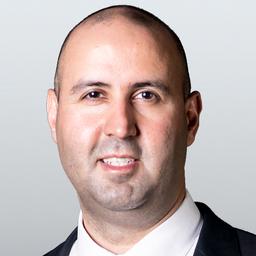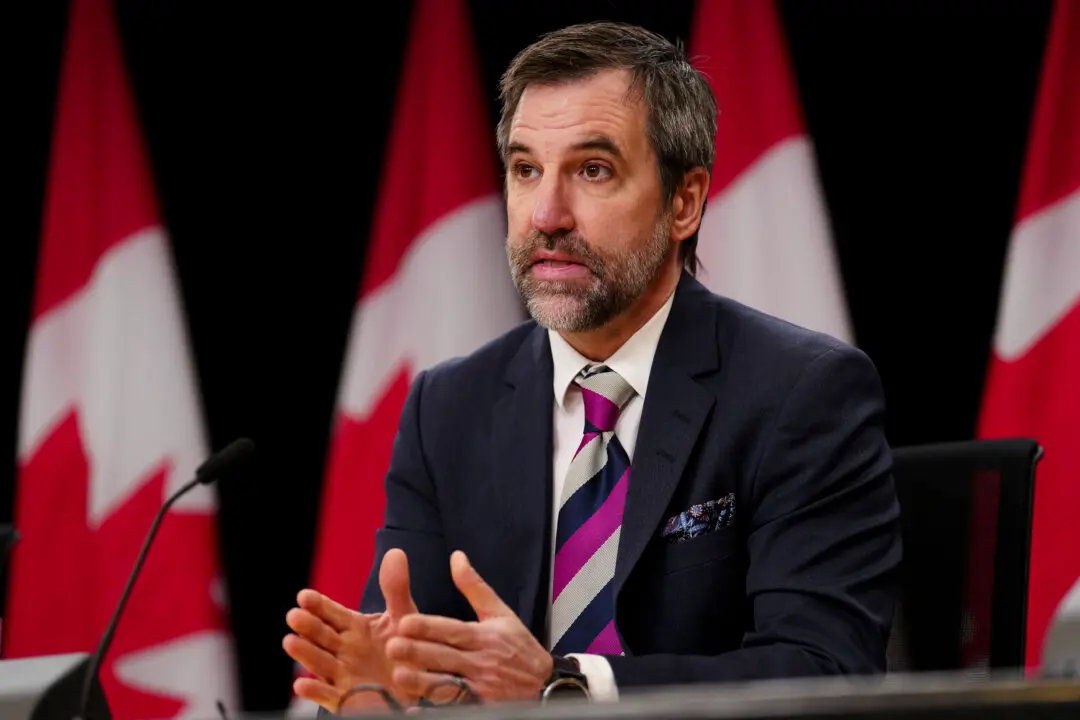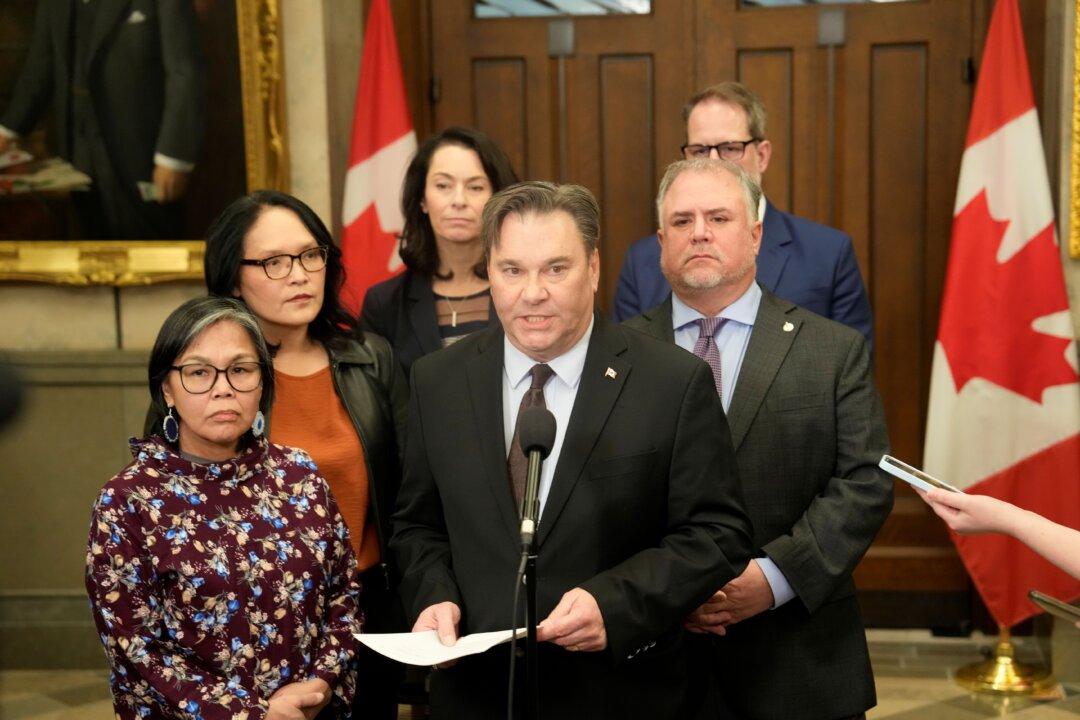More than 34,000 medical doctors and health scientists from around the world have signed a declaration against lockdowns put in place to curb the spread of COVID-19, saying the measures are causing “irreparable damage,” according to an online petition initially created by three epidemiologist from Harvard, Oxford, and Stanford.
As of Oct. 14, close to 25,000 of the signatories signed as medical practitioners, and around 9,500 as public health scientists. They have joined more than 440,000 members of the general public in signing the petition. The petition requires signatories to provide their full name, city, country, zip or postal code, and email, as well as declare if they are signing as a citizen, medical practitioner, or a medical and health scientist. Some media have raised questions about the validity of some of the signatures, saying they have spotted some using fake names on the petition. The Epoch Times could not verify the status of the signatories. The petition website now says the list of signatories will be made available once it has been verified and approved. The creators of the petition could not be immediately reached for comment.





